This article is presented by Rent To Retirement.
Have you ever sat at your desk, glanced at your pay stub, and wondered how you’ll ever build real wealth?
You’re not alone. Thousands of BiggerPockets readers earn comfortable salaries, but feel stuck on the treadmill, watching the rich get richer while their own bank accounts grow at a snail’s pace. This story is true for the teachers, engineers, nurses, and nine?to?fivers who believe there has to be a way to turn a modest income into financial freedom.
Spoiler: There is.
It involves turnkey rentals, a bit of discipline, and some creative financing. We’ll follow a fictional investor (Sam) through his first six years of buying one rental property per year.
Sam’s journey is rooted in absolute numbers and guided by experts. This method isn’t a get?rich?quick scheme; it’s a repeatable blueprint that helps maintain a steady paycheck while building a portfolio of cash?flowing assets.
Meet Sam: The $75,000?Salary Investor
Sam is a 33?year?old software engineer in Denver. He makes $75,000 per year and takes home about $4,500 per month after taxes.
Like many professionals, Sam wants to build wealth, but has little free time for renovations or landlord headaches. When Sam stumbles upon the idea of turnkey rentals (houses that are already rehabbed and leased), he sees a path forward.
But first, he needs a plan.
Budgeting and Saving Without Tears
Sam starts by auditing his spending. He adopts the classic 50/30/20 rule, allocating 50% of his after?tax income to needs, 30% to wants, and 20% to savings. This forces him to rethink his lifestyle: He trims subscriptions, cooks at home more often, and resists the temptation to lease a new car.
The payoff: He saves roughly $7,500 per year—10% of his salary—earmarking it for real estate. He also builds an emergency fund equal to three to six months of expenses, to build the cash cushion that investors need.
Fortifying the Foundation
Before making offers, Sam polishes his financial profile. He checks his credit score and pays off lingering credit card balances to reduce his debt?to?income ratio (DTI). Lenders often require a credit score of 680-700, a DTI below 45%, and six months of reserves for investment loans.
Sam also compares loan programs. Most conventional investment loans require 20% down for single?family homes and 25% down for multifamily dwellings. That amount of money isn’t easy to come by, especially as you are starting your real estate journey. Luckily, there’s another strategy.
Hack Your Housing: Sam’s First Deal
One evening, while reading BiggerPockets forum posts, Sam discovers house hacking. Under FHA guidelines, he can buy a duplex, triplex, or fourplex with just 3.5% down, live in one unit, and rent out the others. Even better, lenders let him count projected rental income toward his qualification. The only catch is that the property must be in livable condition, and he must occupy it for at least one year.
Sam’s agent sends him a listing: a triplex in a solid neighborhood, where each unit rents for about $1,200. The monthly mortgage for the whole building would be roughly $2,400. That means Sam could live rent?free while building equity.
He runs the numbers with his lender, qualifies under FHA guidelines, and makes an offer. The seller accepts.
The Reality of House Hacking
Living next door to tenants isn’t always glamorous. Sam manages maintenance requests and gets used to occasional noise. He also pays mortgage insurance because of the low down payment and follows strict occupancy rules.
But within a year, his unit has appreciated, he’s paid down part of the mortgage, and he has a taste of what passive income feels like. Sam now has enough equity and experience to repeat the process.
Choosing the Right Strategy and Market
After moving out of his triplex, Sam decides that his long?term plan is to buy one single?family home every year. Sam sets strict criteria so that he won’t exceed his budget, and he tracks variables like maintenance costs, taxes, and repairs to ensure profitability.
He uses real estate tools and consults agents to find homes in landlord?friendly areas. He also studies turnkey markets in the Midwest and Southeast, where turnkey companies thrive.
Assemble Your Team
Real estate investing is a team sport. It takes some work to build up a solid team, and you will have to go through some duds to find the winners.
After some time, Sam builds a small but mighty crew:
- Mortgage lender: Someone who specializes in investment loans and can quickly preapprove offers.
- Real estate agent: A buyer’s agent with experience in turnkey markets, vetting properties, and negotiating.
- Home inspector: Even turnkey homes need thorough inspections to check roofs, plumbing, and electrical systems.
- Property manager: Turnkey companies often offer management, but Sam interviews others to ensure responsive service and low tenant turnover.
- Accountant and attorney: A CPA helps maximize deductions, such as depreciation, while an attorney reviews contracts and ensures compliance with landlord?tenant laws.
He ends up having a terrible experience with his maintenance company, and they cost him most of his profit that year after he did not vet them properly. Luckily, Sam sees the bigger picture and decides to keep going after his wealth-building dream.
Snowballing: Years Two Through Three
After that first house hacking win, Sam feels unstoppable, but knows he does not want to live next door to his tenants anymore. However, the next few years will test everything.
Year two
He moves out of his house hack and buys another property with 5% down. Now there are two mortgages, two roofs to worry about, and double the spreadsheets. He’s still saving every extra dollar and driving the same old car just to keep the momentum going.
Year three
With three rentals, the workload starts to feel heavier. A tenant leaves early, the furnace breaks in the middle of winter, and his cash flow vanishes for a month. The numbers still make sense on paper, but only because Sam tracks every dollar and refuses to quit.
Year four changes everything
After another round of late-night maintenance calls and surprise repair bills, Sam finally decides to do something different. He reaches out to Rent To Retirement, a company specializing in fully managed, turnkey rentals. They help him buy a property in a fast-growing market, with a completely hands-off approach.
The home is already renovated, rented, and professionally managed. He locks in a competitive interest rate, connects with a reliable maintenance team, and, for the first time, isn’t the one chasing down contractors. The rent comes in, the property runs smoothly, and he finally breathes easy.
Years five and six
Encouraged by the results, Sam keeps going. He repeats the process through Rent To Retirement, adding one new property each year. His portfolio grows, his stress drops, and the income keeps rolling in. What once felt like an uphill battle now feels like momentum.
By year six, he’s built a solid portfolio, steady cash flow, and a path to true financial freedom (without the sleepless nights).
The Hard Truth (and the Shortcut)
Building a rental portfolio from scratch is doable, but it’s slow, messy, and time-consuming. You have to find the right markets, manage lenders, and handle every surprise along the way.
Or, you can skip all that.
Companies like Rent To Retirement have already built and managed thousands of turnkey rentals for investors who don’t want to spend six years grinding it out. They’ve done the research, vetted the teams, and created cash-flowing properties that are ready to go from day one.
Their process is built for busy professionals with careers, families, and limited time to analyze deals, interview property managers, or learn everything through trial and error. Rent To Retirement identifies high-performing markets across the country, selects properties in areas with strong rent-to-price ratios, and oversees every step, from renovation to tenant placement. Instead of spending nights scrolling listings and guessing which cities are landlord-friendly, you get a property that is already renovated, rented, and professionally managed.
Rent To Retirement also connects investors with lenders who understand rental financing, accountants who specialize in real estate tax strategies, and long-term property managers who protect your cash flow.
In short, they have already done all the heavy lifting that Sam spent six years figuring out on his own. You simply step in at the point where the property is performing, generating income, and being managed by professionals.
Sam’s story shows that building wealth through rentals is possible (even with a full-time job). Rent To Retirement shows that it does not have to take years of trial, error, and exhaustion to get there.
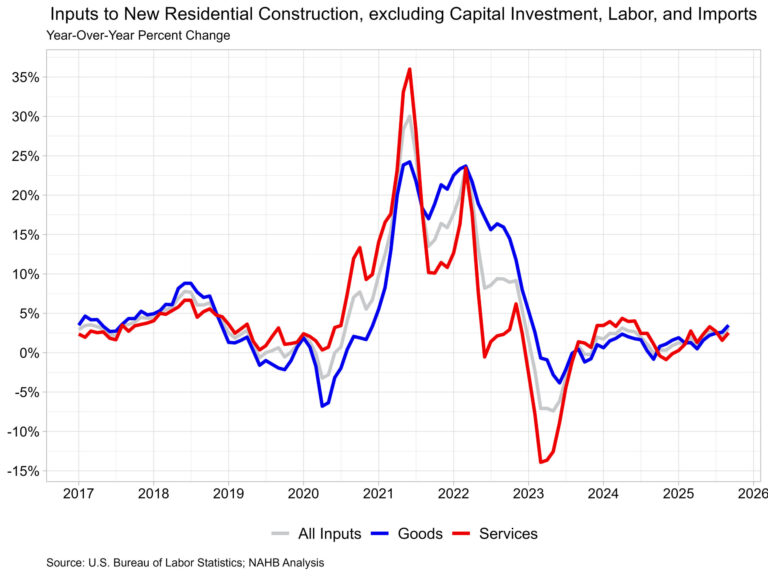
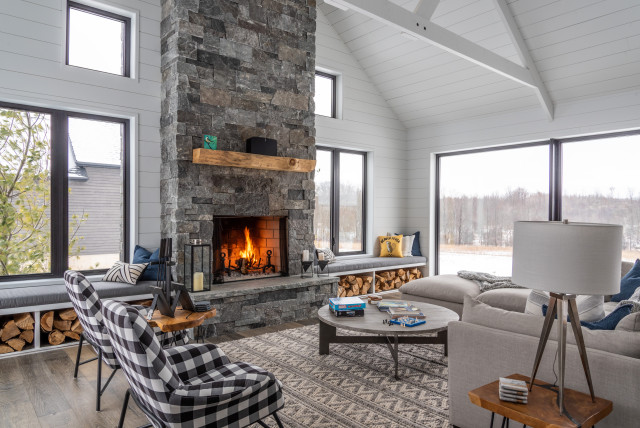


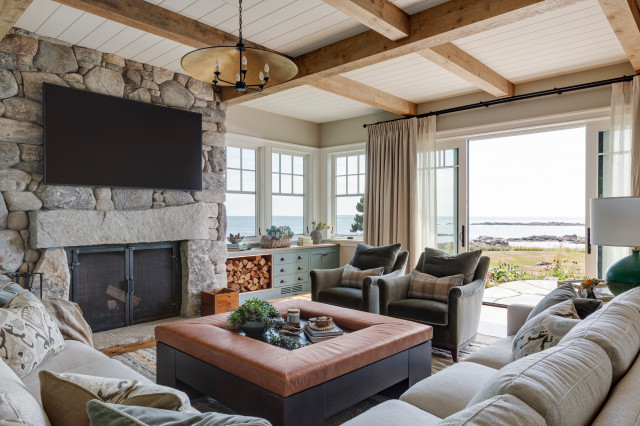
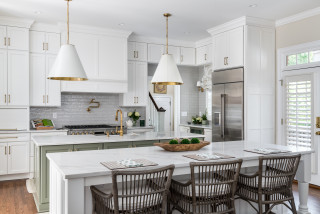




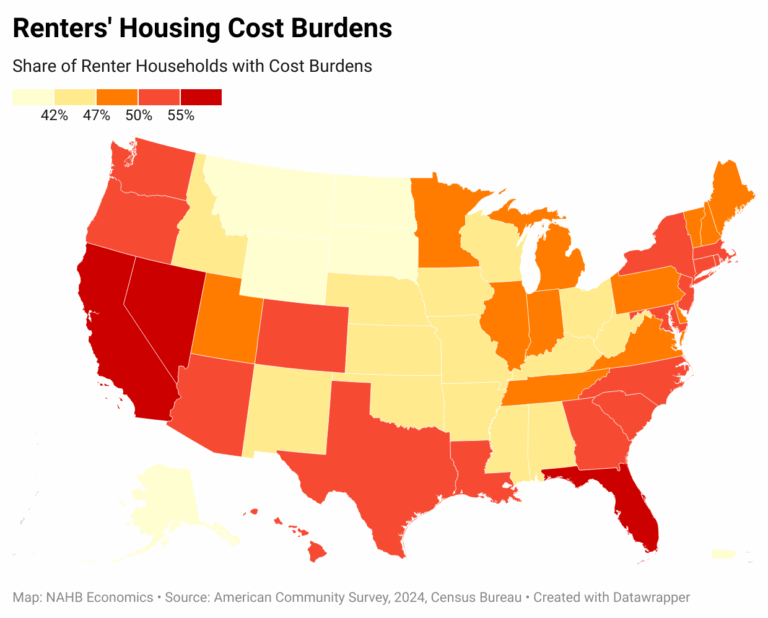



Take a cue from luxe ski chalets and pass out warm throws and mugs of hot cider or cocoa to visitors. Carry your accoutrements to the porch and light some candles or gather around a fire pit in the backyard.